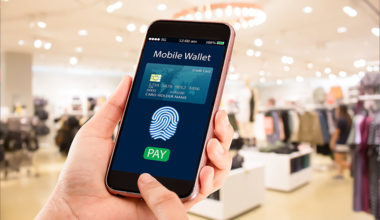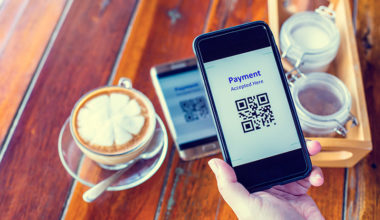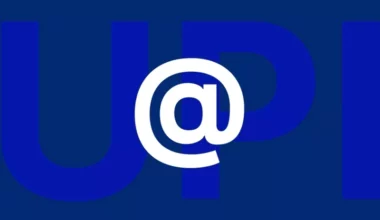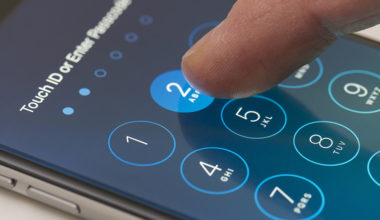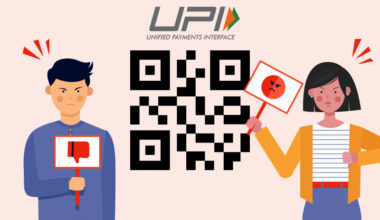UPI, a contactless payment system, is becoming increasingly popular because it’s convenient and efficient. But it’s essential to be cautious about the risks and scams that can come with UPI transactions. To protect yourself, it’s important to stay alert and informed about how to use UPI safely. In this blog, we’ll explain everything you need to know about using UPI securely.
How to Use UPI Safely?
UPI, or Unified Payments Interface, is a digital payment system that allows you to transfer money electronically using your smartphone. Here are some tips to help you use UPI safely:
Install apps from trusted sources
Explanation: Downloading UPI-enabled apps from unofficial sources can lead to the installation of malicious apps that can compromise your personal and financial information.
Solution: Only install UPI-enabled app, Paytm , from official app stores like Google Play Store or Apple App Store. Verify the developer’s name and read user reviews before downloading.
Update smartphone or payment apps regularly
Explanation: Outdated operating systems or apps may have security vulnerabilities that can be exploited by hackers.
Solution: Keep your smartphone’s operating system and UPI apps updated to the latest versions. Enable automatic updates or regularly check for updates manually.
Register with reliable bank
Explanation: Choosing a bank without a good reputation for security measures can put your UPI transactions at risk.
Solution: Research and choose a well-established and trusted bank that has a strong track record in implementing robust security measures for UPI transactions.
Set strong UPI PIN
Explanation: Using easily guessable or weak UPI PINs can make it easier for unauthorized individuals to access your UPI account.
Solution: Set a strong and unique UPI PIN that includes a combination of numbers, letters, and special characters. Avoid using common patterns or personal information in your UPI PIN.
Explanation: Sharing your UPI PIN or OTP with others, including unknown individuals or impersonators, can lead to unauthorized access to your UPI account.
Solution: Never share your UPI PIN or OTP with anyone, including bank representatives. Banks or legitimate UPI apps will never ask for this information.
Explanation: Sharing personal information like UPI ID, mobile number, or bank account details on unsecured websites or with unknown individuals can lead to identity theft or fraud.
Solution: Be cautious and only share personal information with trusted entities or on secure platforms. Verify the authenticity and security of websites or individuals before sharing any sensitive data.
Always verify transaction details
Explanation: Sending money to the wrong recipient due to incorrect transaction details can result in irreversible financial losses.
Solution: Always double-check the recipient’s UPI ID or mobile number before initiating a transaction. Verify the details to ensure you are sending money to the intended recipient.
Use secure networks
Explanation: Public Wi-Fi networks or unsecured networks can expose your UPI transactions to potential hackers who can intercept your data.
Solution: Use a trusted and secure Wi-Fi network or your mobile data connection when making UPI transactions. Avoid using public Wi-Fi networks that are not password-protected.
Turn on transaction alerts
Explanation: Lack of transaction alerts can prevent you from being promptly informed about any unauthorized or suspicious transactions.
Solution: Enable transaction alerts and notifications for your UPI account. Regularly check your transaction history and bank statements to identify any unusual activity.
Monitor your UPI account regularly
Explanation: Neglecting to monitor your UPI transaction history and bank statements can make it difficult to identify and report unauthorized transactions.
Solution: Regularly review your UPI transaction history and bank statements. If you notice any unauthorized transactions or suspicious activity, contact your bank immediately.
Enable UPI app security features
Explanation: Ignoring security features offered by UPI apps can leave your account vulnerable to unauthorized access.
Solution: Enable additional security features such as fingerprint or face recognition authentication provided by UPI apps. These features add an extra layer of security to your UPI transactions.





